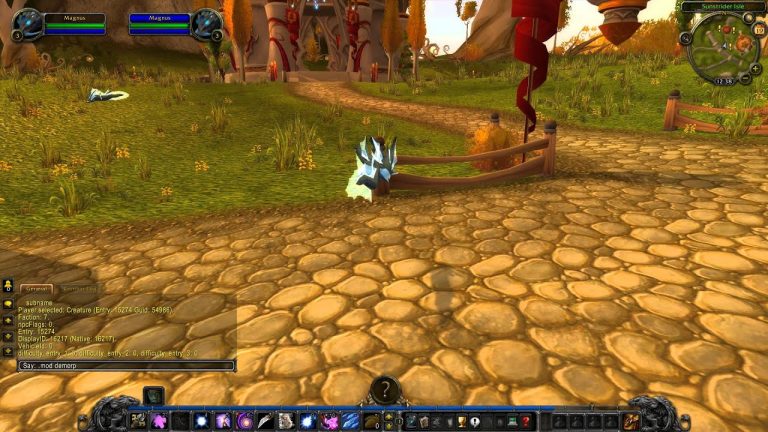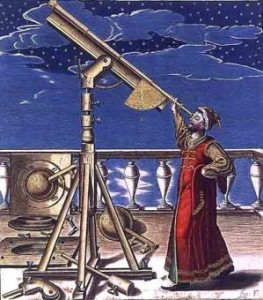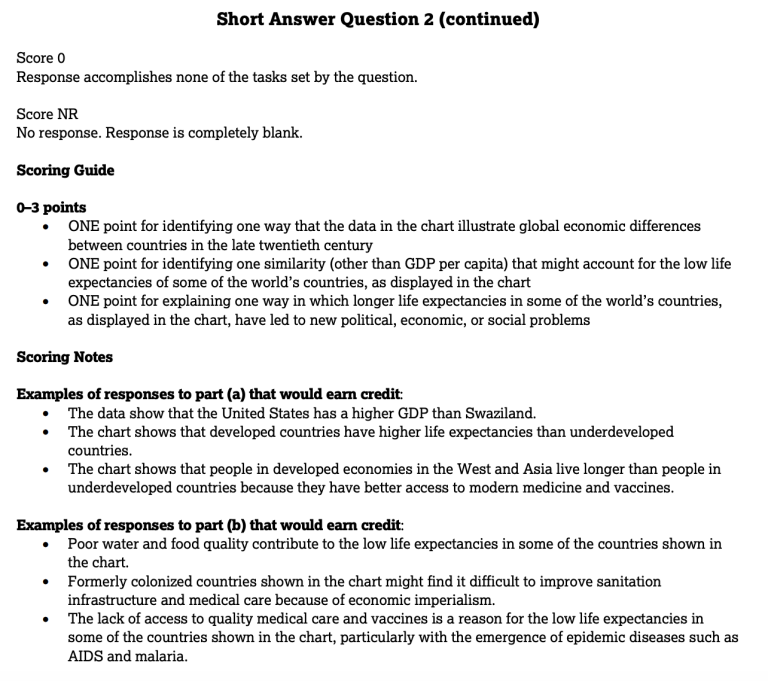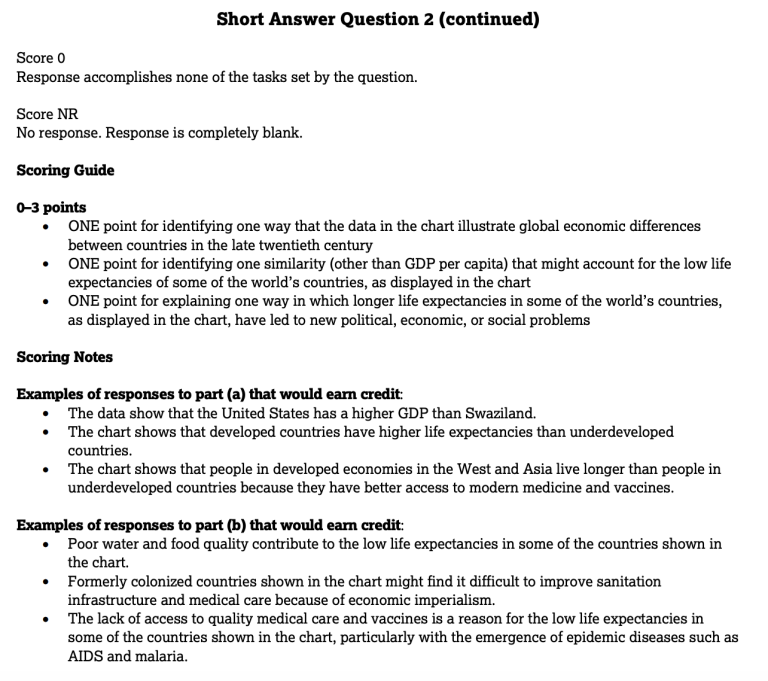An Illustrated World History The Middle Ages
An Illustrated World History: The Middle Ages is a comprehensive book that presents a visual and textual narrative of the dramatic events and changes that took place during this pivotal period of human history. From the fall of the Roman Empire to the rise of the Renaissance, this book covers the history of Europe, Asia, and the Middle East during the medieval era. With detailed illustrations, maps, timelines, and short biographies, this book provides an in-depth look at the major empires, religions, wars, and other aspects of the Middle Ages. From Charlemagne to the Black Death, this book brings to life the people, places, and events that shaped medieval society. An Illustrated World History: The Middle Ages is an essential guide to this important era and its lasting influence on the world.
Overview of the Middle Ages
The Middle Ages, otherwise known as the Medieval period, is an incredibly fascinating period of history that saw the development of a complex and often sophisticated civilization. Spanning from the 5th to the 15th centuries, this era was marked by the fall of the Roman Empire and the rise of new empires in the east, such as the Islamic caliphate and the Mongol Empire. This period saw the emergence of feudalism, the development of powerful military forces, and the expansion of trade networks across Europe and the Middle East. Religion played a crucial role in the Middle Ages, with the papacy and the Catholic Church serving as the predominant force across Europe. This period also saw the birth of universities, the development of towns, and the introduction of new forms of literature, art, and architecture. With so much happening, the Middle Ages stands as one of the most important periods in world history, and this article provides an overview of the key developments of this era.
Social Organization in the Middle Ages
The Middle Ages was a period of major social changes, many of which laid the foundations for the European society of the modern day. During the Middle Ages, social organizations were structured around three main classes: the nobility, the clergy, and the peasantry. The nobility included kings, knights, and lords, while the clergy encompassed priests, bishops, and monks. The peasantry, also known as the lower class, was composed of small farmers and tradespeople.
The social structure of the Middle Ages was hierarchical, with the nobility at the top of the social ladder and the peasantry at the bottom. Each class had a specific set of rights and responsibilities, and people were expected to stay within their own social class and marry within it as well. Life for the peasantry was difficult, as they had to pay taxes to the noble class and often had to work the fields of the aristocracy. The clergy, however, enjoyed a certain amount of autonomy and protection from the state.
The social organization of the Middle Ages was largely based on religion and fealty to one’s lord. Feudalism, a system of vassalage, was the cornerstone of the social structure and allowed nobles to maintain power over their subjects. In return for loyalty, the lord provided his subjects with food and protection. In the Middle Ages, religion was also a major factor in social organization, as the Church wielded immense power over people’s lives.
Overall, the social organization of the Middle Ages was a complex and hierarchical system that was based on class, religion, and loyalty to one’s lord. Though the system was rigid, it provided a basic framework for the social order during that era.
Religion and Culture in the Middle Ages
The Middle Ages were a tumultuous period in world history, marked by tremendous changes in the religious, social, and political spheres. Religion and culture in this period were deeply intertwined, and had a profound influence on the daily lives of people. During this time, religion was central to the lives of all people, and was considered the most important aspect of life.
The dominant religion during the Middle Ages was Christianity, and it was the largest and most influential faith. This faith was based off the teachings of Jesus Christ, and was heavily involved in the lives of everyday people. The church was a major force in the political, social, and economic developments of the time period. Religion was also closely tied to the culture of the period, with beliefs and practices influencing art, music, literature, and other aspects of society.
The Middle Ages also saw the emergence of other religious traditions, such as Islam and Judaism. These faiths had their own unique cultures and traditions, and were often in competition with Christianity. As a result, this period was characterized by religious tensions and conflicts.
The Middle Ages were a time of great change for religion and culture, with the emergence of new faiths, the spread of Christianity across Europe, and a greater emphasis on religious practice in everyday life. Religion and culture during this period had a deep impact on the lives of people, and shaped the development of world history.
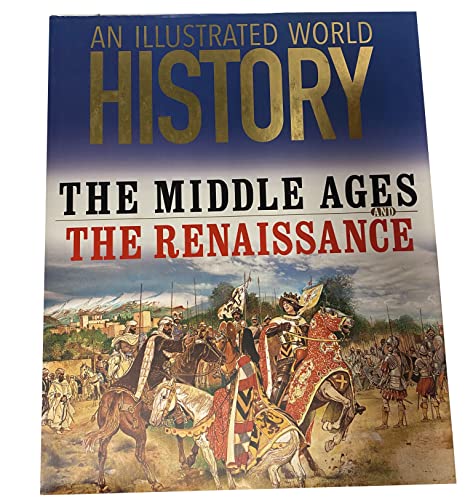
Architecture of the Middle Ages
The Middle Ages was a period of dramatic architectural development. From the humble dwellings of peasants to the grandiose castles of kings, the Middle Ages saw the emergence of a variety of different styles and structures. During the Middle Ages, the architecture of Europe was characterised by the use of stone and brick, the invention of the rib vault and flying buttresses, and an emphasis on the verticality of structures. Gothic cathedrals were particularly prominent during this time, with their soaring towers and intricate carvings. During the Middle Ages, defensive architecture was also popular, with many castles built to protect their inhabitants from attack. These castles featured strong stone walls, towers, and drawbridges. Additionally, during this period, a variety of different religious structures and symbols were built, such as monasteries, abbeys, and shrines. The architecture of the Middle Ages is a testament to the ingenuity and creativity of the people of that era. It is a reminder of the difficulties and triumphs of the time, and a reminder of the resilience of the human spirit.
Arts and Literature of the Middle Ages
The Middle Ages saw a flourishing of the arts and literature, with a variety of new and exciting forms of expression emerging. The period saw the rise of the troubadours, musicians and storytellers who spread their stories and songs among the masses. This was also the age of the great cathedrals, castles, and palaces, which were marvels of architecture and engineering. The great works of medieval literature, such as the Canterbury Tales, Beowulf, and the Song of Roland, remain some of the most iconic pieces of literature from the period. The period also saw the emergence of new painting techniques and styles, such as the use of illuminated manuscripts and the development of illuminated manuscript painting. The Middle Ages also saw the development of a variety of new musical forms, such as the motet, the madrigal, and the motet. In addition, the period saw the emergence of a range of new art forms, such as stained glass and sculpture. The Middle Ages were a time of great creativity and innovation in the arts and literature, and the legacy of this period remains with us today.
Political and Economic Developments in the Middle Ages
The Middle Ages were a period of great political and economic developments. During this time, the feudal system was established, creating a hierarchical power structure in which the kings and nobles held the most power. This system also created a complicated web of social and economic relationships between different groups of people, which had a profound effect on how the Middle Ages were governed and economy. Along with the development of the feudal system, other important political and economic developments included the rise of cities and towns, the expansion of trade, the growth of law and justice, and the emergence of the Church as an important factor in medieval politics. All of these developments had a major influence on the political and economic landscape of the Middle Ages. Furthermore, they shaped the way that European society developed for centuries to come.
FAQs About the An Illustrated World History The Middle Ages
Q1: What is the time period covered in “An Illustrated World History The Middle Ages”?
A1: The book covers the period from the decline of the Roman Empire in the 4th century CE to the beginning of the Renaissance in the 15th century CE.
Q2: What kinds of illustrations are included in “An Illustrated World History The Middle Ages”?
A2: The book features photographs, artwork, maps, and diagrams that help to visualize the events and people described in the text.
Q3: How does “An Illustrated World History The Middle Ages” compare to other world history books?
A3: This book is unique in its combination of written narrative and visual elements, making it a helpful resource for both students and teachers of world history.
Conclusion
In conclusion, An Illustrated World History The Middle Ages provides readers with an in depth look at the period of history known as the Middle Ages. This book is an excellent resource for anyone looking to learn more about this fascinating period of history. It provides an overview of the major events, people, and places of the Middle Ages. It also provides detailed illustrations and photographs that help the reader to visualize this period of history. Overall, An Illustrated World History The Middle Ages is a great way to gain a better understanding of the Middle Ages.

